- The China-Kyrgyzstan-Uzbekistan Railway will change the traffic pattern in Xinjiang and even the entire western part of China
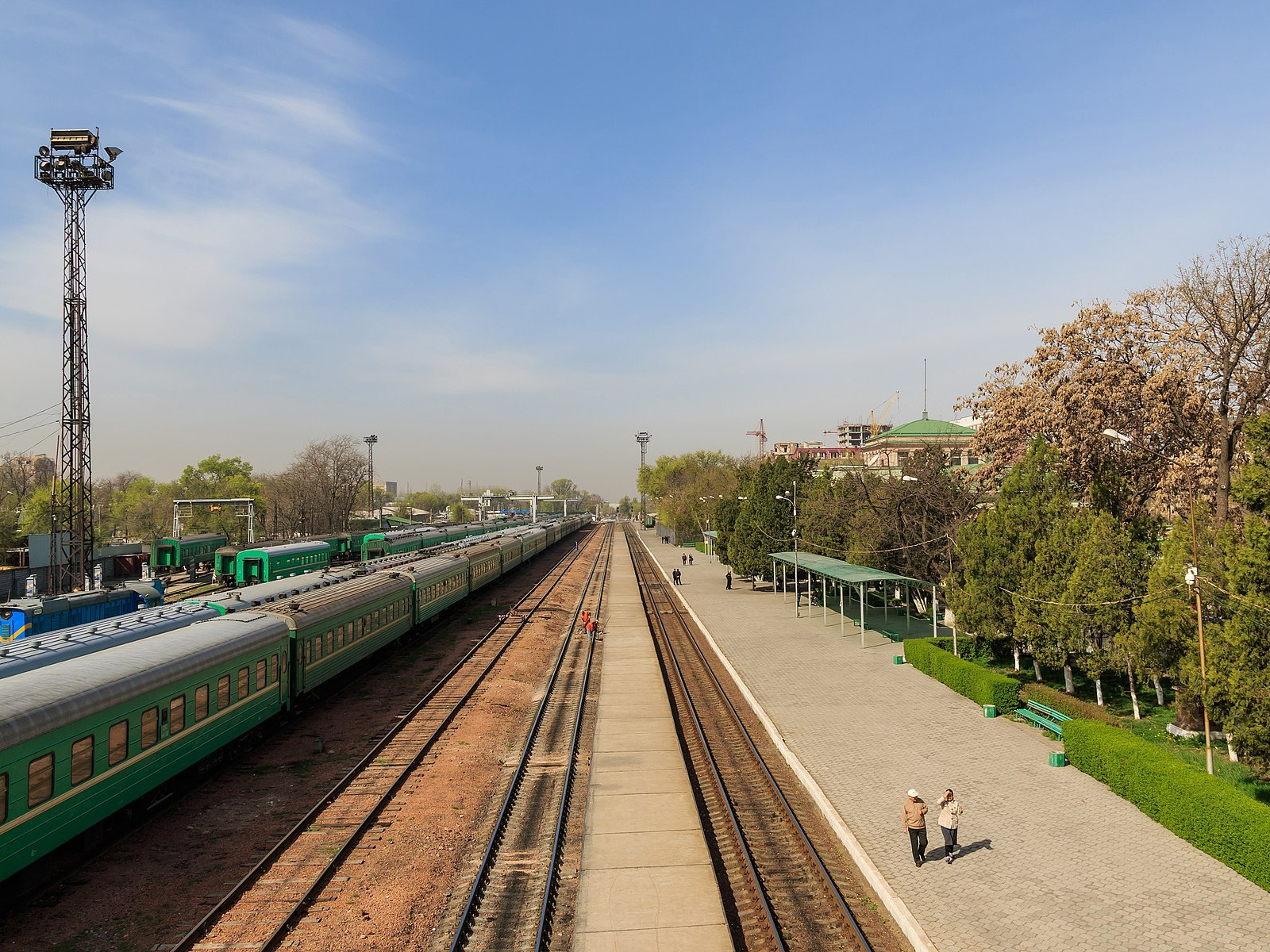
Chinese railwaymen, border trade merchants, and a large number of ordinary people have a beautiful vision: starting from Kashgar, Xinjiang, China, a railway will be set up, passing through the vast Gobi and oasis, passing through the border between China and Kyrgyzstan, and extending to Andijan, Uzbekistan.
The planned steel Silk Road has great expectations. People expect it to improve the traffic pattern in Xinjiang and even the entire western part of China, and create a convenient passage for China to Central Asia, West Asia, North Africa, and Southern Europe. However, the project, which was planned as early as 1997, has repeatedly reported that "significant progress has been made and construction is about to start", but it has been difficult to make substantive progress. In the words of a scholar in Kyrgyzstan, "It has been 23 years, and this is still a dream." So, what is the reason? What is the future destiny of the "China-Kyrgyzstan-Uzbekistan Railway"?
The Past and Present of the China-Kyrgyzstan-Uzbekistan Railway
The China-Kyrgyzstan-Uzbekistan railway project has a long history. In 1997, China, Uzbekistan, and Kyrgyzstan proposed the China-Kyrgyzstan-Uzbekistan railway. After completion, the China-Kyrgyzstan-Uzbekistan Railway will become one of the shortest routes for cargo transportation between China and European countries, and the transportation time can be shortened by more than one week. More importantly, the China-Kyrgyzstan-Ukraine Railway will further promote trade exchanges between China, Central Asian countries and European countries.

From the mid-1990s to the present, discussions on the project have been going on for nearly 25 years. During this period, China had planned to launch the project many times. The Kyrgyz government also planned to conduct a feasibility study in 2003, and even announced the start of construction in 2011, and it is scheduled to be completed in 2018. Unfortunately, none of these plans have been realized. Various reasons such as political tensions in Kyrgyzstan, technical or financial disputes in railway construction, etc. have caused the project to be postponed every time. Despite this, the Chinese government continues to insist on cooperation with Central Asian countries to discuss the Xinjiang-Kyrgyzstan-Uzbekistan railway construction project. Through various efforts, the project has now been successfully included on the agenda of bilateral relations between China and Ukraine. When the Chinese delegation visited Uzbekistan in mid-October, the two sides once again held extensive discussions on the project. The Chinese government once again emphasized the importance of the railway to Central Asia as a whole and reiterated its willingness to implement the project.
China-Kyrgyzstan-Ukraine Railway has great potential for regional development
After the completion of the China-Kyrgyzstan-Uzbekistan Railway will become an important part of the New Eurasian Continental Bridge, it will improve the southern access of the New Eurasian Continental Bridge, expand the transportation scope of the New Eurasian Continental Bridge, and form East Asia, Southeast Asia to Central Asia, West Asia and North Africa. , Convenient transportation channels in Southern Europe, enhance the position of the new Eurasian Continental Bridge in international transportation. Recently, Kyrgyz President Zaparov said bluntly, "If we build this railway, it will mean the further development of the Great Silk Road."
The railway project is of great significance to China. First of all, it can effectively promote Xinjiang's economic development, allowing Xinjiang to play an increasingly important role in the railway freight transport on the New Silk Road. Most container trains from central, eastern, and southern China to Europe leave via Xinjiang, and Urumqi is also an important railway hub to Europe.
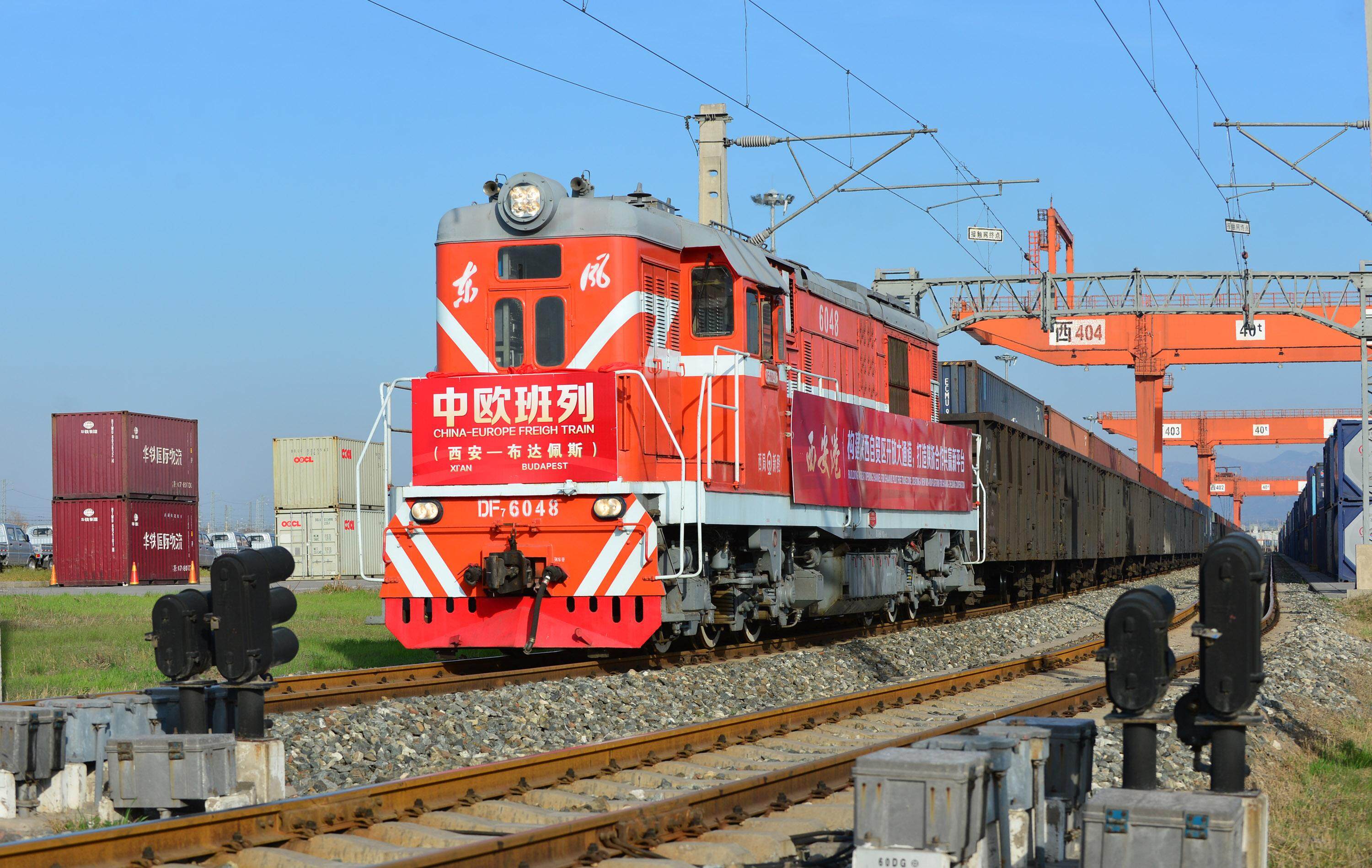
The railway transportation potential of the New Silk Road is huge. It is estimated that the Xinjiang-Kyrgyzstan-Uzbekistan route will greatly shorten the journey from China to Uzbekistan. At present, the railway transportation between China and Uzbekistan is not only a long distance, but also through neighboring Kazakhstan to reach the destination.
In addition, the completion of the railway line will also connect Iran and Turkey, and eventually extend to Europe. As a result, the journey from China to eastern and southern Europe can be reduced by up to 900 kilometers, and the time can be shortened by 7 to 8 days. At the same time, this also means that China can better incorporate Kyrgyzstan and Uzbekistan into the embrace of the New Silk Road.
In April 2012, Kyrgyzstan Prime Minister Babanov emphasized when meeting with the delegation of China Road and Bridge Corporation: "The construction of the'China-Kyrgyzstan-Ukraine Railway' is of great significance to our country."
First of all, the construction of the China-Kyrgyzstan-Ukraine railway will help Kyrgyzstan build a domestic railway network. In August 2011, the Prime Minister of Kyrgyzstan pointed out in an interview with the country’s official media that Kyrgyzstan should take the opportunity of the construction of the China-Kyrgyzstan-Uzbekistan Railway to launch the corresponding domestic railway construction projects and build a domestic railway network so that it can be connected with the China-Kyrgyzstan-Uzbekistan Railway to ensure The railway is unblocked within the territory and interconnected with overseas.
The China-Kyrgyzstan-Ukraine Railway provides Kyrgyzstan with an opportunity to get rid of the transportation difficulties. Secondly, the construction of the China-Kyrgyzstan-Ukraine railway will help Kyrgyzstan’s economic development. Rail transportation connected to sea transportation is one of the most convenient and economical means of freight transportation.
According to estimates by Kyrgyzstan experts, 90% of land transportation in the world is carried out by rail, while 96% of Kyrgyzstan’s freight is transported by cars. Therefore, the construction and operation of the Kyrgyzstan-Ukraine railway will help change this situation in Kyrgyzstan.
The nature of the key difficulties encountered in construction
A thousand miles begins with a single step. Although China-Kyrgyzstan-Uzbekistan has planned and negotiated the China-Kyrgyzstan-Uzbekistan railway for 21 years, construction has not yet started. There are three main problems that have prevented the construction of the railway from being built: Kyrgyzstan has not reached a political consensus, China and Kyrgyzstan have not reached a unified opinion on which gauge to use, and funding issues.
First, Kyrgyzstan’s domestic politics is complicated. The previous government's affirmation of the construction of the China-Kyrgyzstan-Uzbekistan railway was often rejected by the successor, resulting in the failure to start construction so far.
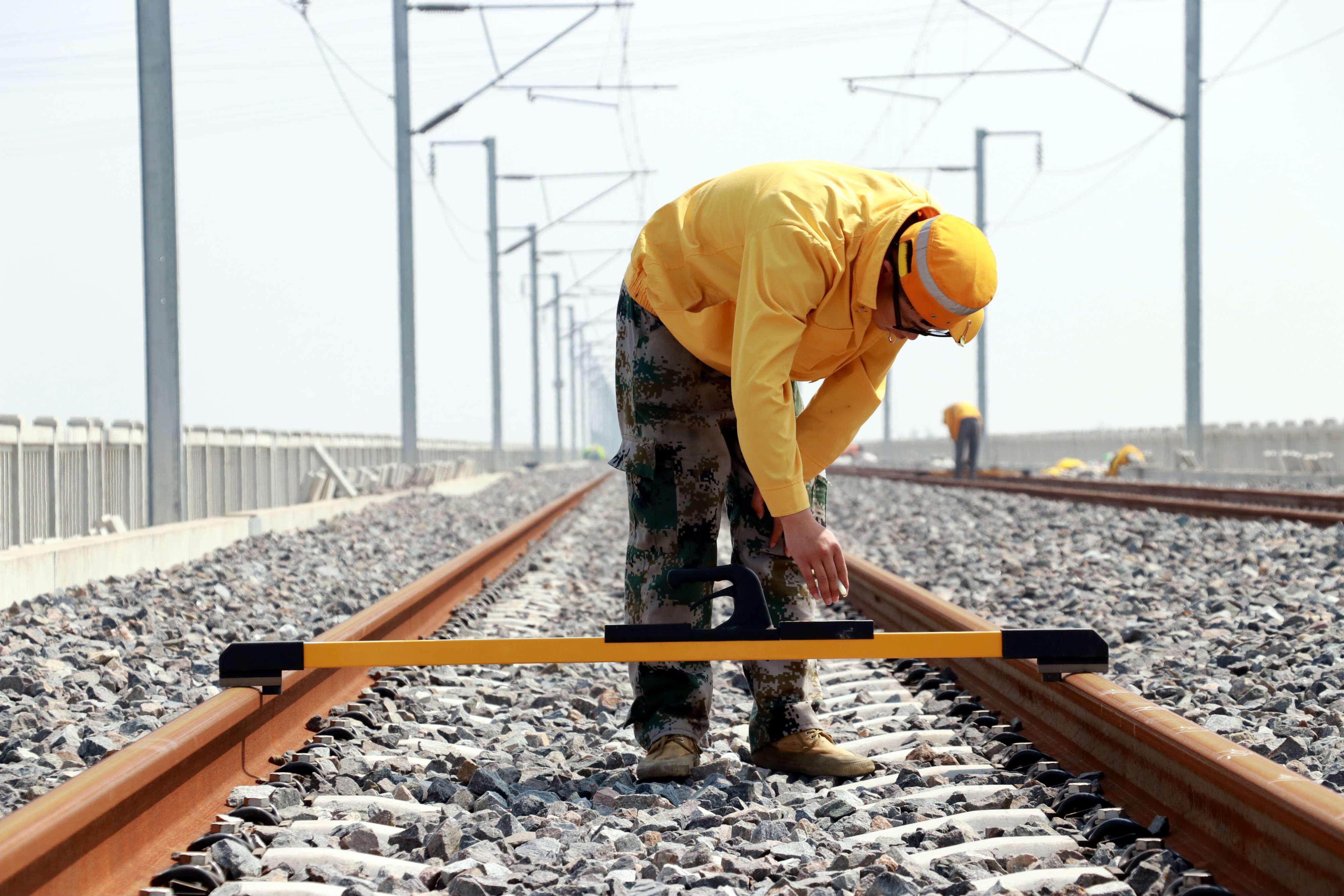
Secondly, regarding the gauge issue, China insists on adopting standard gauge, but Kyrgyzstan hopes to adopt wide gauge. Kyrgyzstan's attitude is related to Russia's influence. In the past, in order to maintain its influence in Central Asia, Russia has repeatedly organized Central Asian countries to sign railway construction regulations, such as the "1520mm Railway Cooperation Unification Principles Statement" and the "Declaration on the Development of Logistics Potential and Multifunctional Transport Technology in 1520 Space", etc. Treaty to exclude other countries from exerting influence on Central Asia through railway connections.
Third, on the issue of funding. Initially, C. Ablesov, manager of the Kyrgyzstan Railway Design and Construction National Manager Office, assessed that the China-Kyrgyzstan-Ukraine Railway (Kyrgyzstan section) would cost US$900 million. A few years later, this figure rose to 1.34 billion U.S. dollars. In 2006, officials again believed that US$2 billion was needed. In 2012, this figure was as high as 4.5 billion U.S. dollars. In 2013, the estimated cost soared to US$6.5 billion. C. Ablesov said: "This continuous increase in railway costs and the opacity of cost composition have aroused suspicion and dissatisfaction among some people in Kyrgyzstan, resulting in increased resistance to railway construction in Kyrgyzstan." In addition, the source of funds is also a problem. For the China-Kyrgyzstan-Ukraine railway project, Kyrgyzstan itself has no construction funds. Therefore, Kyrgyzstan faces two choices: one is to obtain long-term preferential loans from China, and the other is to transfer some mineral resources in exchange for railway construction funds provided by China. However, the former caused some officials in Kyrgyzstan to worry that it would lead to an increase in foreign debt, while the latter caused controversy and opposition in Kyrgyzstan. The opponents claimed that this would threaten the loss of national wealth.
All parties call for advancing the construction of China-Kyrgyzstan-Ukraine railway
One of the main tasks of the government of the Kyrgyz Republic to develop the national transportation infrastructure is to connect the north and south of the country through railway lines, while enhancing the country’s transit potential in Central Asia. In addition, it is continuing to study the construction of China-Kyrgyzstan-Uzbekistan ( China-Kyrgyzstan-Uzbekistan Railway) feasibility.
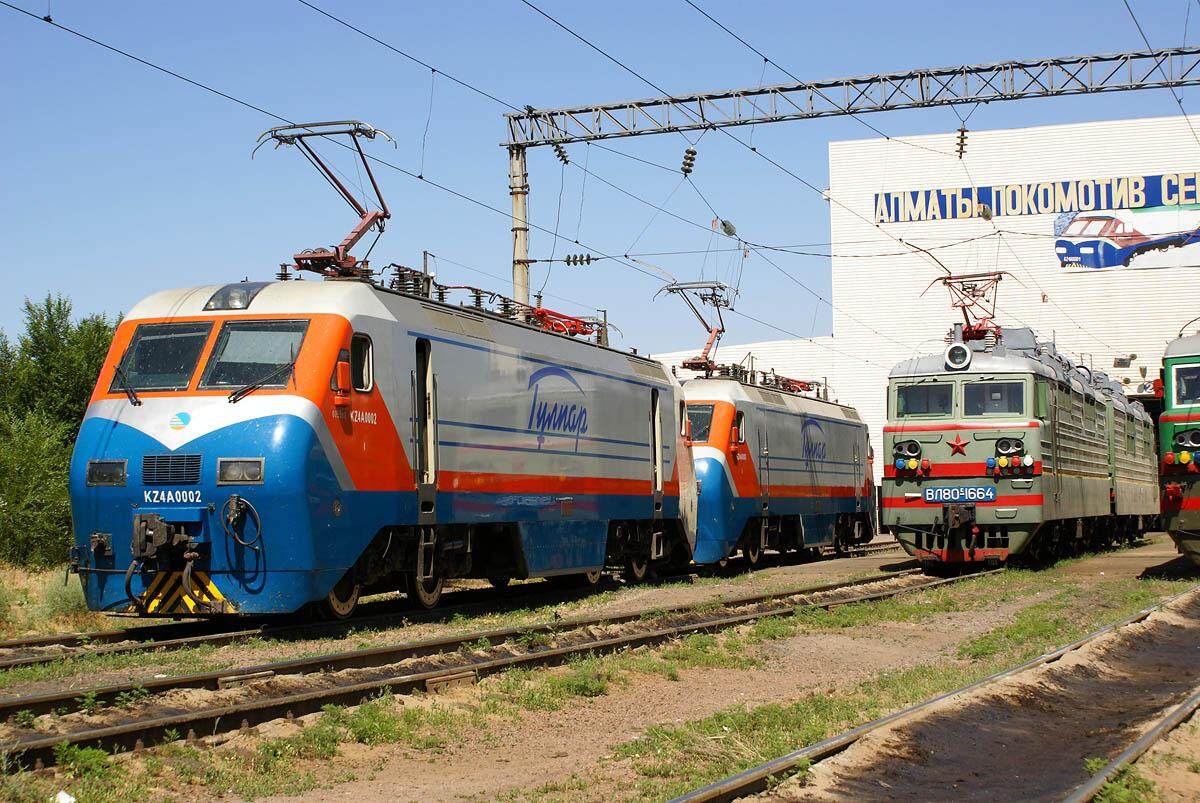
As early as 1997, the "Europe-Caucasus-Asia Transport Corridor" organization first mentioned the construction of the China-Kyrgyzstan-Ukraine railway at the Paris meeting. The three countries of China, Kyrgyzstan and Uzbekistan signed a memorandum on the construction of a railway project connecting the three countries that year. The China-Kyrgyzstan-Uzbekistan Railway to be built is an important “Belt and Road” project in China. It is an indispensable part of the new railway transportation channel between China and Europe. It is also a bridge between China and the African continent. The completion of the China-Kyrgyzstan-Uzbekistan Railway will improve the southern passage of the New Eurasian Continental Bridge, form a convenient transportation channel from East Asia and Southeast Asia to Central Asia, West Asia, North Africa, and Southern Europe, further broaden the transportation scope of the New Eurasian Continental Bridge, and increase the New Eurasian Continental Bridge. Position in international transportation. It will also change the traffic pattern in the entire western region and speed up the development of the western region, which is conducive to the development and utilization of oil in Central Asia and the Caspian Sea. It is of great significance for opening up new sources of oil imports for various countries and adjusting national energy development strategies.
In March 2017, the Eurasian Economic Commission formulated a list of projects to be implemented by the countries of the Eurasian Economic Union and expressed support for the construction of the Silk Road Economic Belt. The list of projects mentioned the construction of the China-Kyrgyzstan-Uzbekistan Railway . At present, all parties are actively discussing the construction of this project. With the efforts of all parties, the construction of the China-Kyrgyzstan-Ukraine Railway is just around the corner. Editor/Xu Shengpeng
Comment
 Praise
Praise
 Collect
Collect
 Comment
Comment
 Search
Search





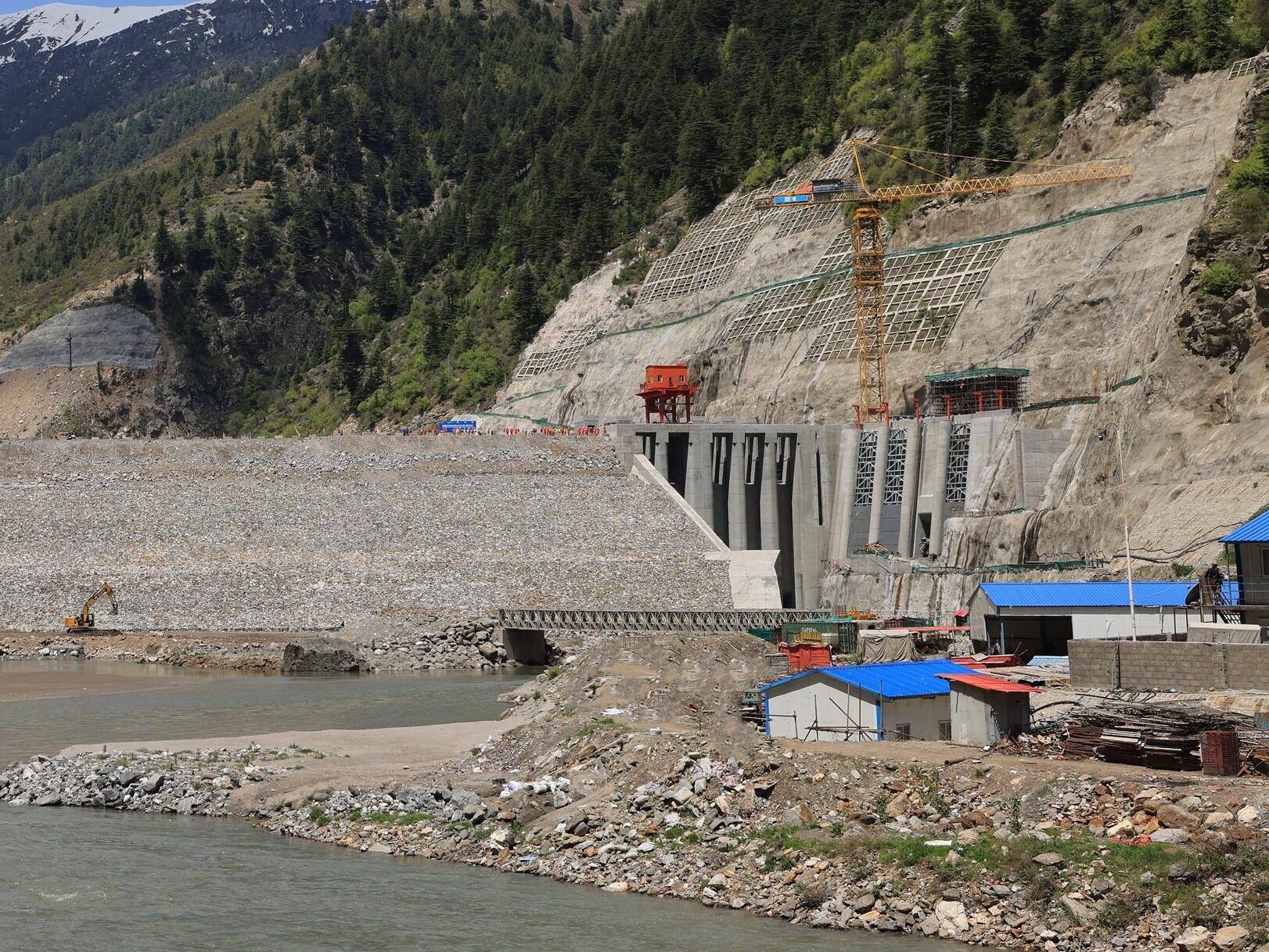








Write something~